- Joined
- Sep 17, 2008
- Messages
- 9,091
This is a storm that will , if the track holds, pass by Bermuda but has some potential of hitting CONUS depending weather conditions.
I wouldn't call it alarming, but models are hinting at something. I'm not experienced to know what, but I think more experienced meteorologists are just keeping an eye on it, especially after Ida.
this weekend will give more insight on the track for next week.
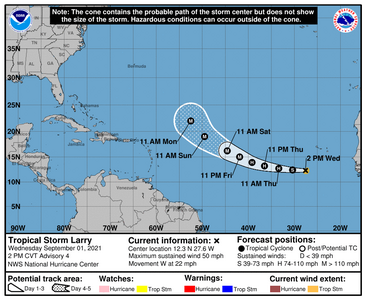
I wouldn't call it alarming, but models are hinting at something. I'm not experienced to know what, but I think more experienced meteorologists are just keeping an eye on it, especially after Ida.
this weekend will give more insight on the track for next week.



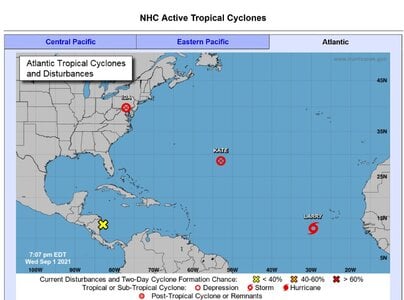
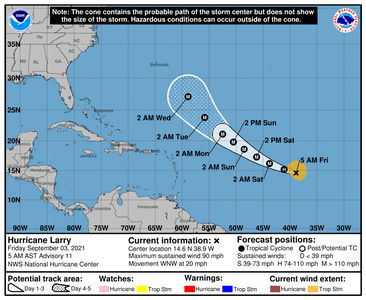
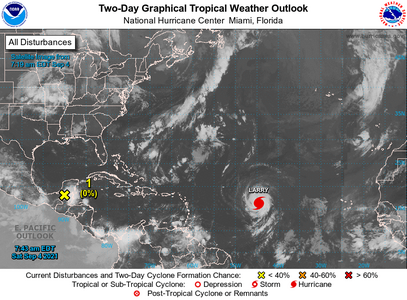
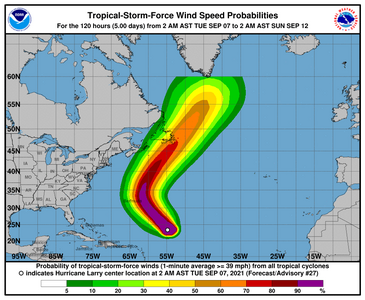
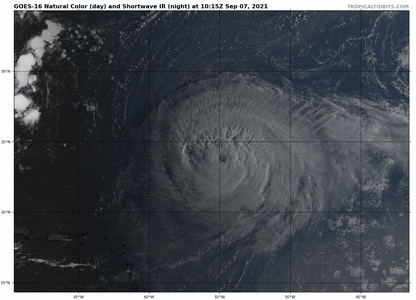
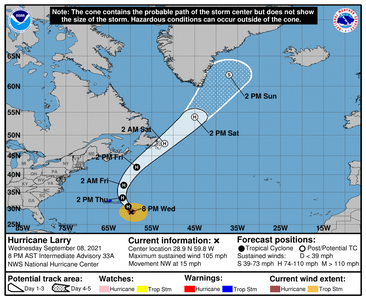
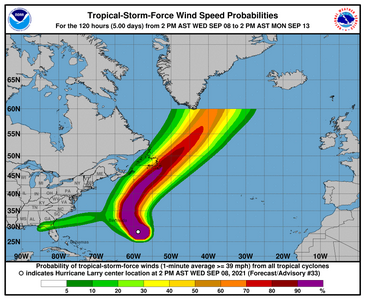
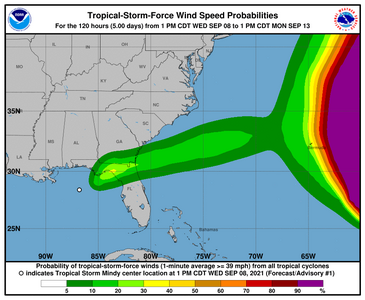
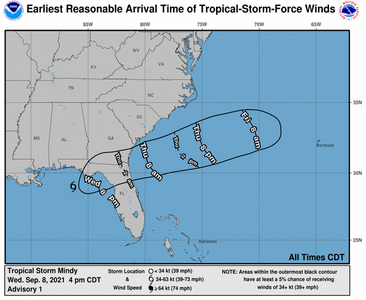
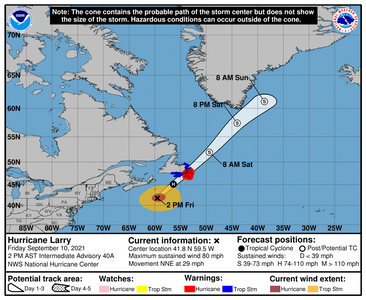


300x240.png)